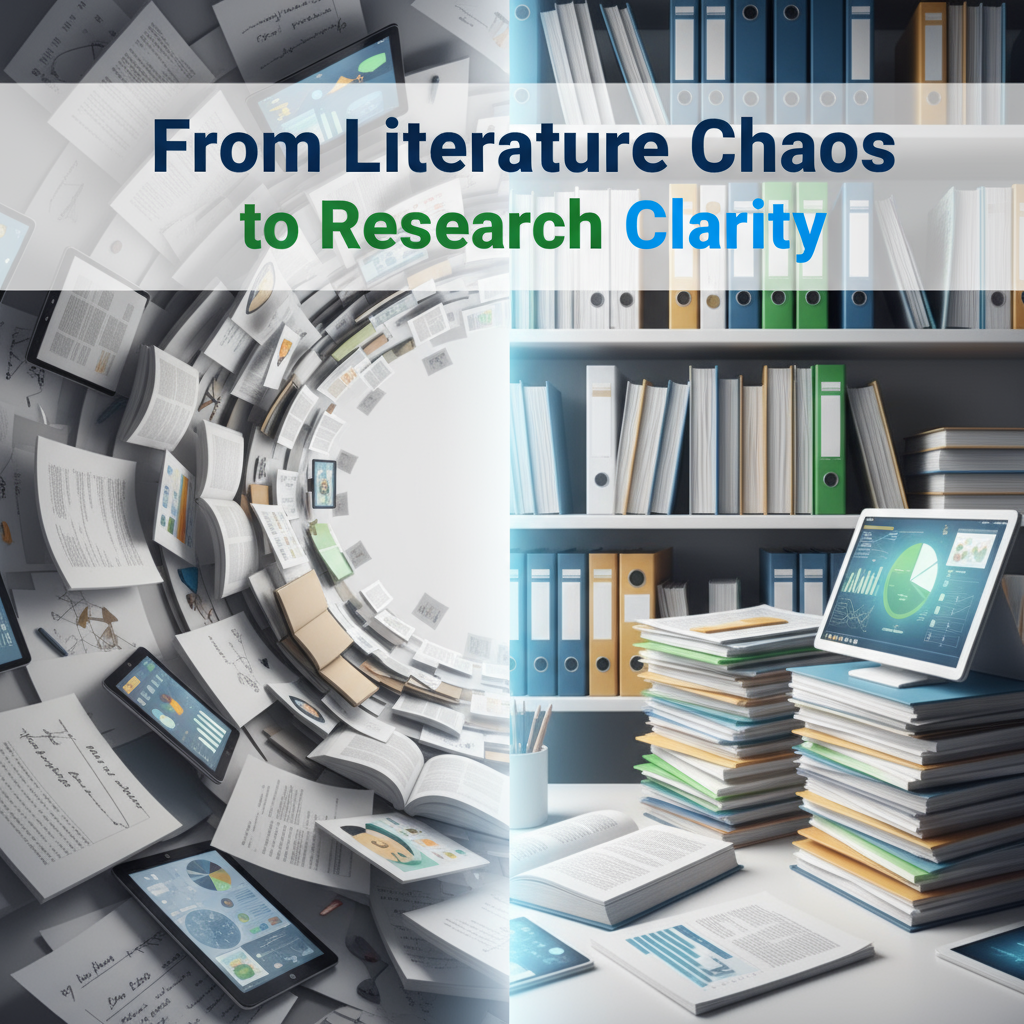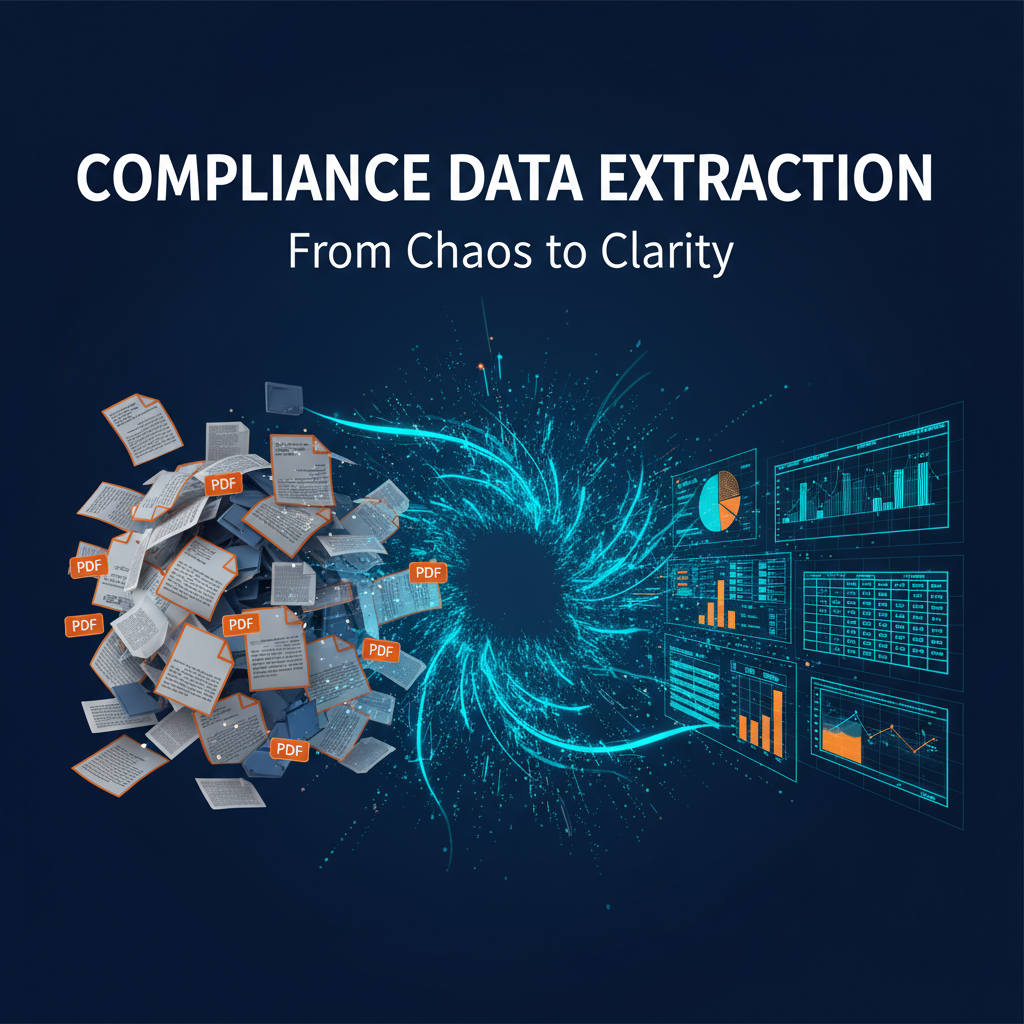Share this post
How strategic consultants are using AI to design better stakeholder interviews
October 22, 2025

The challenge of capturing executive insights for strategy development
Strategic consultants face a recurring challenge: how do you extract meaningful insights from busy executives to inform comprehensive organizational strategies? Traditional approaches often result in scattered conversations, missed opportunities, and frameworks that don't quite align with what leadership actually thinks.
A strategy consultant working with a major energy infrastructure company recently faced exactly this problem. Tasked with developing a three-year public relations strategy for the organization, they needed to conduct a CEO interview that would capture not just surface-level preferences, but deep strategic thinking about organizational direction, stakeholder relationships, and communication priorities.
The stakes were high. This wasn't just about getting quotes for a report—the CEO's insights would directly shape a multi-year strategy affecting how the organization communicated with regulators, community stakeholders, media partners, and the public. A poorly structured interview could waste the CEO's limited time and leave critical gaps in the strategic foundation.
From blank page to structured framework in hours
Rather than spending days manually crafting interview questions and frameworks, the consultant turned to Storytell to systematically develop a comprehensive CEO interview guide.
The process began with uploading initial strategy documents and organizational context. The consultant then used Storytell to create a structured interview framework organized around six key dimensions:
CEO vision and strategic direction: Questions designed to uncover the CEO's authentic perspective on organizational goals, market positioning, and long-term aspirations—not just rehearsed talking points, but genuine strategic thinking.
Organizational strengths and weaknesses assessment: Structured prompts to elicit candid evaluation of what the organization does well in communication and where significant gaps exist, creating space for honest diagnosis.
Stakeholder communication priorities: Questions mapping the complex web of stakeholder relationships, from regulatory bodies to community groups, identifying which relationships needed strengthening and which communication channels mattered most.
PR strategy expectations and success metrics: Prompts designed to align the CEO's definition of success with measurable outcomes, ensuring the resulting strategy would be evaluated against criteria that mattered to leadership.
Crisis management and risk communication: Questions exploring the CEO's risk tolerance, past crisis experiences, and expectations for how the organization should communicate during challenging situations.
Open-ended strategic insights: Space for the CEO to raise concerns, opportunities, or perspectives that structured questions might miss.
What made this approach powerful wasn't just the question categories—it was how Storytell helped the consultant think through the meta-structure of the interview itself. The guide included principles for conducting the interview: maintaining flexibility, asking follow-up questions, ensuring respectful dialogue, and creating space for the CEO's priorities to emerge organically.
Click here to know about how you can work with your files
Incorporating feedback and refining the approach
After presenting the initial interview framework to the project team, the consultant received feedback about specific areas that needed deeper exploration: urgent PR needs, benchmarking against peer organizations, social media strategy, AI integration opportunities, and resource constraints.
Rather than starting from scratch, the consultant returned to Storytell to revise the interview plan. Within a short working session, they generated an updated framework that incorporated all the team's feedback while maintaining the coherent structure of the original guide.
The revised plan included:
- Targeted questions about immediate PR challenges facing the organization
- Structured prompts for discussing how peer organizations approached similar communication challenges
- Specific inquiries about the CEO's vision for social media and digital communication
- Questions exploring opportunities for AI and automation in communication workflows
- Candid discussion prompts about resource limitations and investment priorities
This iterative refinement process—which could have taken multiple rounds of meetings and document revisions—happened efficiently through structured conversation with Storytell, producing a comprehensive 15-page interview guide ready for executive review.
Storytell makes it easy to follow-up on specific parts of your data with the response menu
Beyond the CEO: scaling the framework across the organization
The consultant didn't stop with the CEO interview. Recognizing that effective PR strategy requires insights from multiple organizational levels, they used Storytell to develop complementary interview guides for key team members:
- Communication directors: Questions focused on overall communication infrastructure, team capabilities, and strategic coordination
- Media relations managers: Specific prompts about media partnerships, press processes, and relationship management
- Digital communication specialists: Targeted questions about social media strategy, online engagement, and digital measurement
- Events and public engagement coordinators: Questions exploring how physical and virtual events fit into the communication ecosystem
Each guide maintained consistency with the CEO framework while tailoring questions to each role's specific responsibilities and perspectives. This systematic approach ensured the strategy would be informed by ground-level operational insights as well as executive vision.
The strategic value of AI-assisted interview design
What this use case reveals is how AI can transform the often-undervalued work of interview preparation. Great interviews don't happen by accident—they result from careful question design, thoughtful sequencing, and frameworks that balance structure with flexibility.
Several elements made this approach particularly effective:
Systematic thinking under time pressure: Rather than relying on ad-hoc question brainstorming, the consultant created a principled framework that ensured comprehensive coverage of strategic dimensions. Storytell helped structure this thinking quickly, turning what might have been a week-long process into a focused working session.
Integration of multiple perspectives: The framework didn't just reflect the consultant's assumptions about what mattered—it incorporated feedback from the project team, organizational context from background documents, and best practices for executive interviewing. Storytell served as a synthesis engine, helping weave these different inputs into a coherent whole.
Scalability across organizational levels: Once the core framework was established, adapting it for different roles and organizational levels became straightforward. This scalability is crucial for consultants who need to conduct multiple interviews within limited timeframes.
Documentation that serves multiple purposes: The resulting interview guides weren't just question lists—they were strategic documents that communicated the project team's thoughtfulness, prepared the CEO for substantive dialogue, and created a record of the interview framework for future reference.
Broader applications for strategic work
While this example focused on PR strategy development, the same approach applies to numerous strategic consulting scenarios:
Merger and acquisition due diligence: Creating comprehensive interview frameworks for evaluating organizational culture, leadership alignment, and integration challenges across combining organizations.
Digital transformation planning: Developing structured interviews with executives, IT leaders, and operational staff to understand current capabilities, transformation aspirations, and change management challenges.
Market entry strategy: Designing interview guides for exploring new markets, including questions for potential partners, customers, distributors, and regulatory stakeholders.
Organizational change initiatives: Creating frameworks for understanding employee perspectives, leadership alignment, and cultural factors that will influence change adoption.
Product development research: Structuring customer and stakeholder interviews that go beyond surface-level preferences to uncover deeper needs, pain points, and opportunity spaces.
The common thread across these applications is the need to systematically gather qualitative insights that will inform high-stakes strategic decisions. In each case, the quality of your interview framework directly impacts the quality of insights you capture—and ultimately, the quality of strategy you can develop.
Getting started with AI-assisted strategic planning
For consultants and strategists looking to apply this approach:
Start with context: Upload relevant background documents, previous strategy materials, or organizational information that can inform framework development. The richer the context, the more tailored and relevant the resulting framework.
Think in dimensions, not just questions: Rather than jumping straight to question writing, work with Storytell to identify the key strategic dimensions you need to explore. This ensures comprehensive coverage and logical structure.
Build in flexibility: The best interview frameworks provide structure while allowing space for unexpected insights to emerge. Include open-ended prompts and plan for follow-up questions.
Iterate based on feedback: Treat your first framework as a draft. Share it with colleagues or team members, gather feedback, and refine. Storytell makes this iteration process efficient.
Scale thoughtfully: Once you have a strong core framework, adapt it systematically for different audiences or organizational levels rather than creating entirely new guides from scratch.
The energy company consultant's experience demonstrates a broader trend: AI isn't replacing strategic thinking—it's augmenting it, helping professionals structure their expertise more systematically, work more efficiently, and produce more comprehensive strategic frameworks. The result is better interviews, richer insights, and ultimately, stronger strategies grounded in genuine stakeholder understanding.
Gallery
No items found.
Changelogs
Here's what we rolled out this week
No items found.

